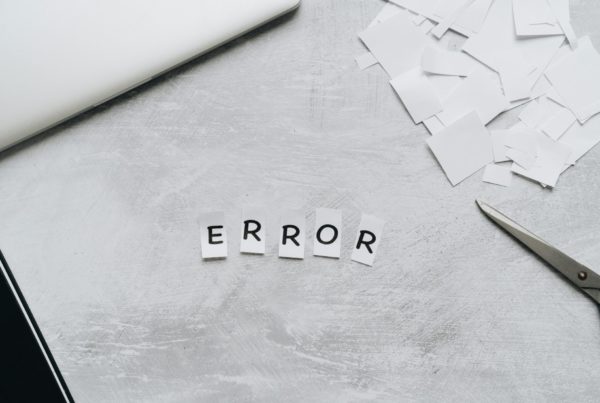Credit Card Balances, Do They Matter?
When it comes to maintaining a healthy Canadian credit profile and boosting your credit score, understanding and effectively managing your credit utilization ratio is crucial. Your credit utilization ratio plays a significant role in how lenders perceive your creditworthiness. In this article, we will delve into what a credit utilization ratio is, how it impacts your credit score, and provide valuable credit improvement tips to help you achieve financial success.
What is a Credit Utilization Ratio?
Your credit utilization ratio is the percentage of your available credit that you are currently using. It is a fundamental factor in determining your creditworthiness and is calculated by dividing your outstanding credit card balances by your total credit limits. For example, if you have a credit card balance of $1,000 and a credit limit of $5,000, your credit utilization ratio would be 20% (1,000 / 5,000).
Why Does It Matter?
Lenders consider your credit utilization ratio as an indicator of your financial responsibility. A low credit utilization ratio suggests that you are effectively managing your credit and not relying heavily on borrowed funds, which is viewed positively. Conversely, a high credit utilization ratio can be seen as a red flag, indicating that you might be overextending yourself financially.
Credit Improvement Tips
Now that you understand the significance of your credit utilization ratio, here are some credit improvement tips to help you optimize it:
- Pay Down Credit Card Balances: Reducing your credit card balances is one of the most effective ways to improve your credit utilization ratio. Aim to keep your balances well below your credit limits, ideally below 30% utilization.
- Request a Credit Limit Increase: Another strategy is to request a higher credit limit on your existing credit cards. This can increase your available credit, lowering your utilization ratio as long as you don’t increase your spending.
- Avoid Closing Old Accounts: Closing old credit accounts can negatively impact your credit utilization ratio. Older accounts with a good payment history can actually help improve your credit score, so keep them open when possible.
- Use Credit Wisely: Be mindful of your credit card usage. Make on-time payments, avoid maxing out your cards, and use credit for necessary expenses rather than frivolous purchases.
- Monitor Your Credit Regularly: Keep an eye on your credit report to ensure accuracy. Reporting errors can affect your credit utilization ratio, so it’s essential to correct any inaccuracies promptly.
The Benefits of a Healthy Credit Utilization Ratio
Maintaining a low credit utilization ratio can bring several benefits:
- Improved Credit Score: A lower credit utilization ratio often translates into a higher credit score, making it easier to qualify for loans and credit cards with better terms.
- Lower Interest Rates: Lenders are more likely to offer lower interest rates to individuals with lower credit utilization ratios, saving you money on interest charges.
- Financial Flexibility: A healthy credit utilization ratio provides you with greater financial flexibility, allowing you to access credit when needed and manage unexpected expenses more effectively.
By following these credit improvement tips and actively managing your credit utilization ratio, you can take control of your financial future and enjoy the many benefits of a healthy credit profile.
Take Action Today
If you’re looking to enhance your credit utilization ratio and improve your overall credit score, Credit Dispute can help. Our expert team specializes in credit report error correction and debt management solutions. Take the first step towards a brighter financial future by applying online for our credit report error correction service today.
Don’t let high credit utilization ratios hold you back. With Credit Dispute, you can pave the way for better financial opportunities and greater peace of mind. Apply now and take control of your credit journey!







